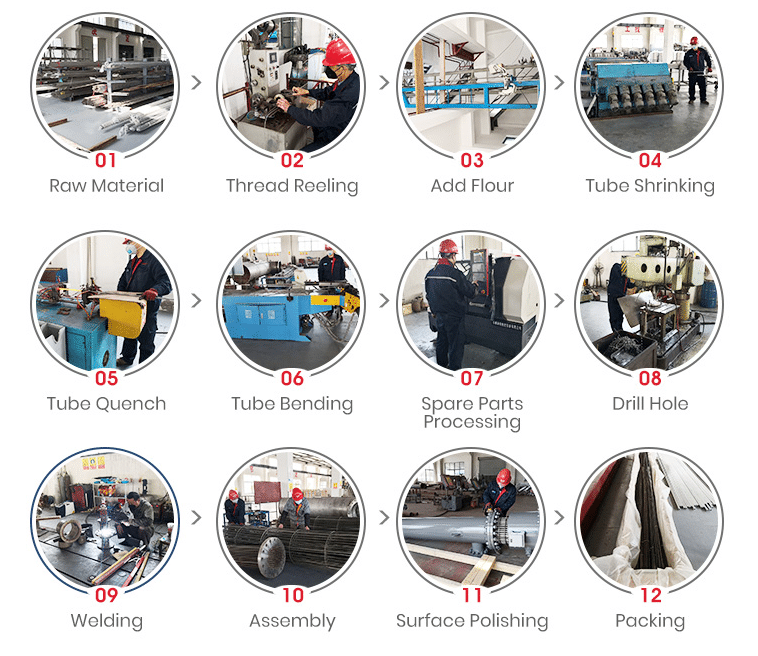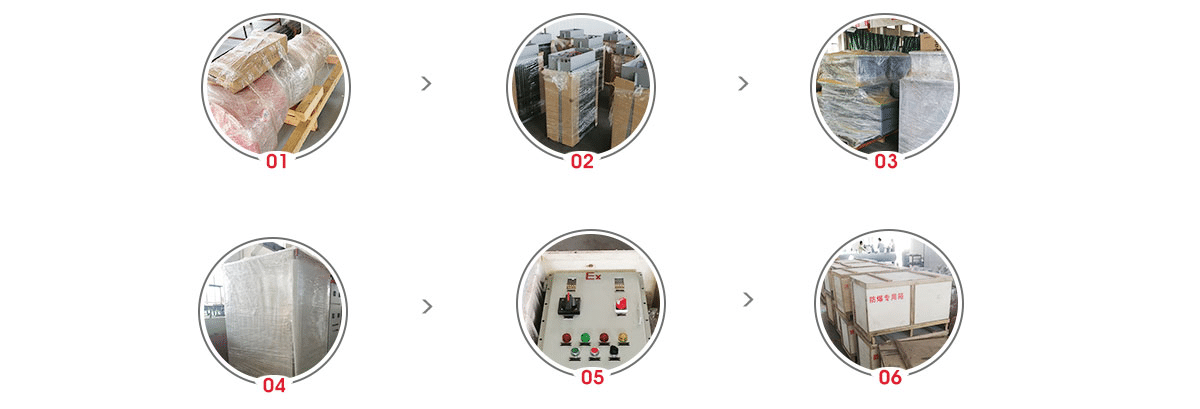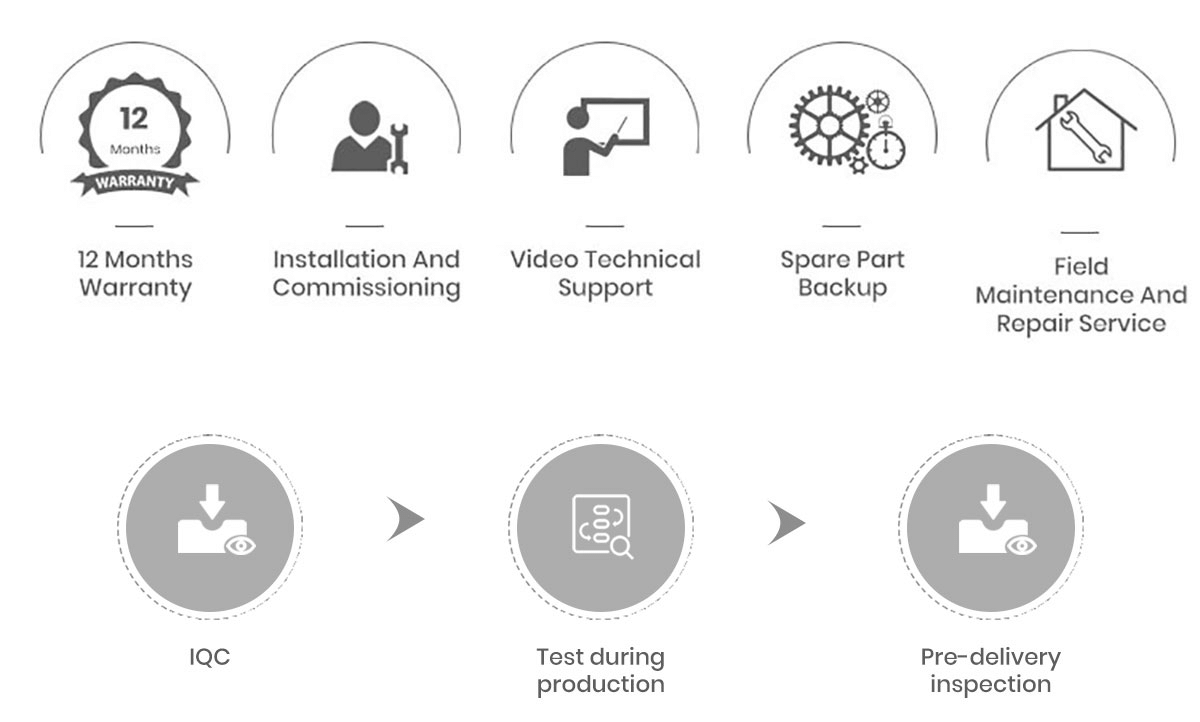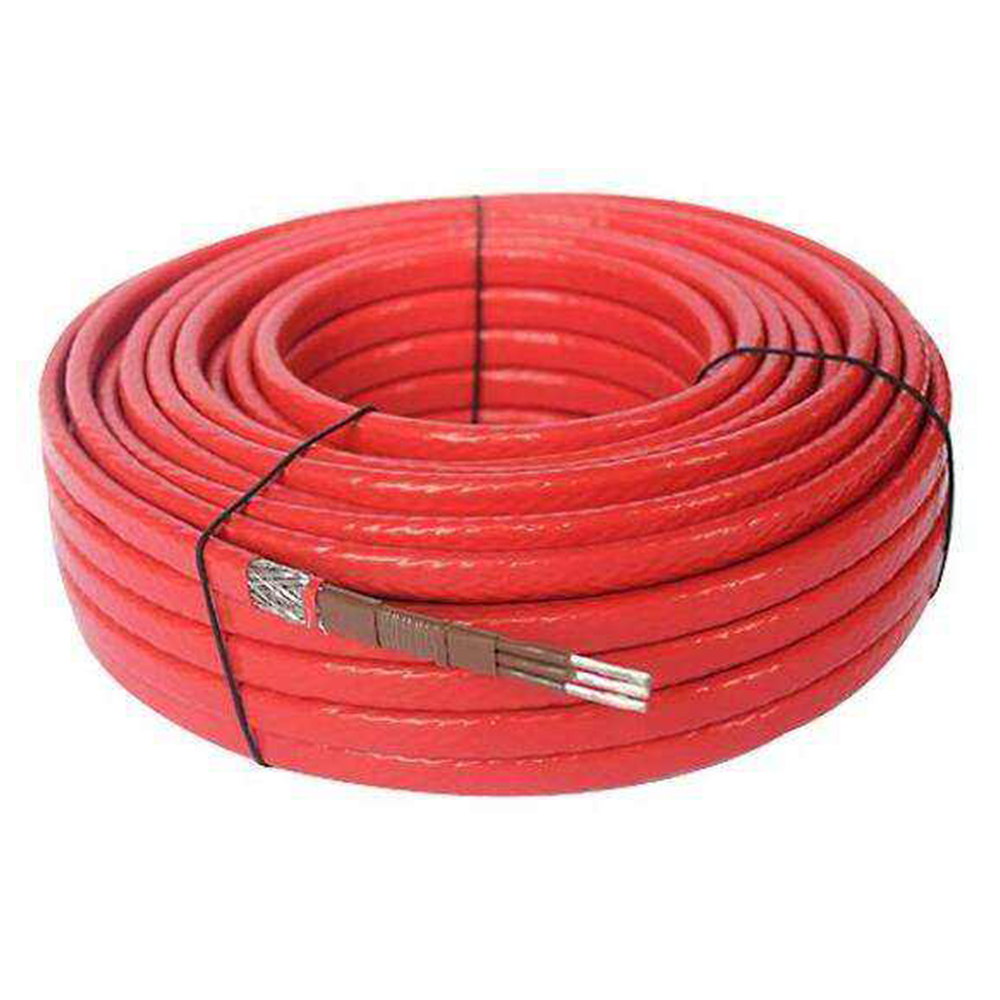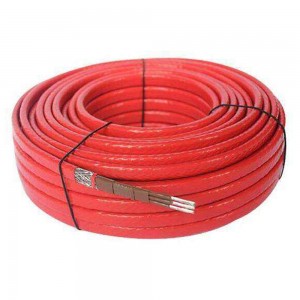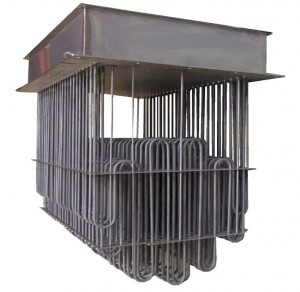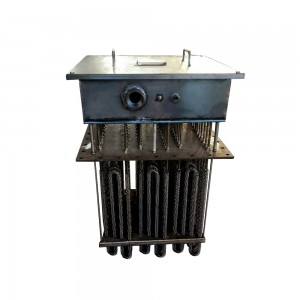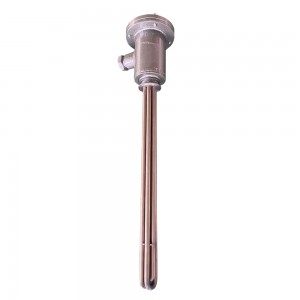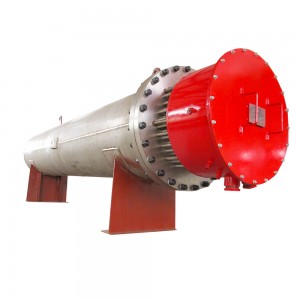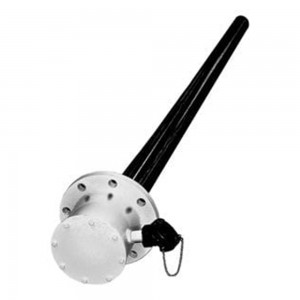Various types of trace heater
Trace heating cables contain two copper conductor wires that are parallel in length which creates a heating zone with a resistance filament in place. With a fixed voltage supplied, a constant wattage is produced which then heats up the zone.
The most common pipe trace heating applications include:
Freeze protection
Temperature maintenance
Snow Melting On Driveways
Other uses of trace heating cables
Ramp and stair snow / ice protection
Gulley and roof snow / ice protection
Underfloor heating
Door / frame interface ice protection
Window de-misting
Anti-condensation
Pond freeze protection
Soil warming
Preventing cavitation
Reducing Condensation On Windows
1.Are you factory?
Yes, we are factory, all customers are more than welcome to visit our factory .
2.Can heat trace touch itself?
Constant wattage heat trace and MI cable cannot cross or touch itself. ... Self-regulating heat trace cables, however, would adjust to this temperature increase, making them safe to cross or overlap. As with any electrical system, though, there are always potential dangers with using heat trace or heat cables.
3.What is trace heating used for?
Trace heating is the application of a controlled amount of electric surface heating to pipework, tanks, valves or process equipment to either maintain its temperature (by replacing heat lost through insulation, also referred to as frost protection) or to affect an increase in its temperature – this is done by using
4.What is the difference between self-regulating and constant wattage heat trace?
Pipe trace constant wattage has a higher temperature output and tolerance. It consumes more power so it requires a controller or thermostat and some types can be cut-to-length. Self-regulating cables have a lower temperature output and tolerance. They consume less power, but require larger breakers.
5.What is a heat trace controller?
Heat Tracing controllers help control and monitor electrical heat tracing processes for all types of heat tracing applications, from pipe freeze protection to floor heating, and from roof and gutter de-icing to process temperature maintenance.
